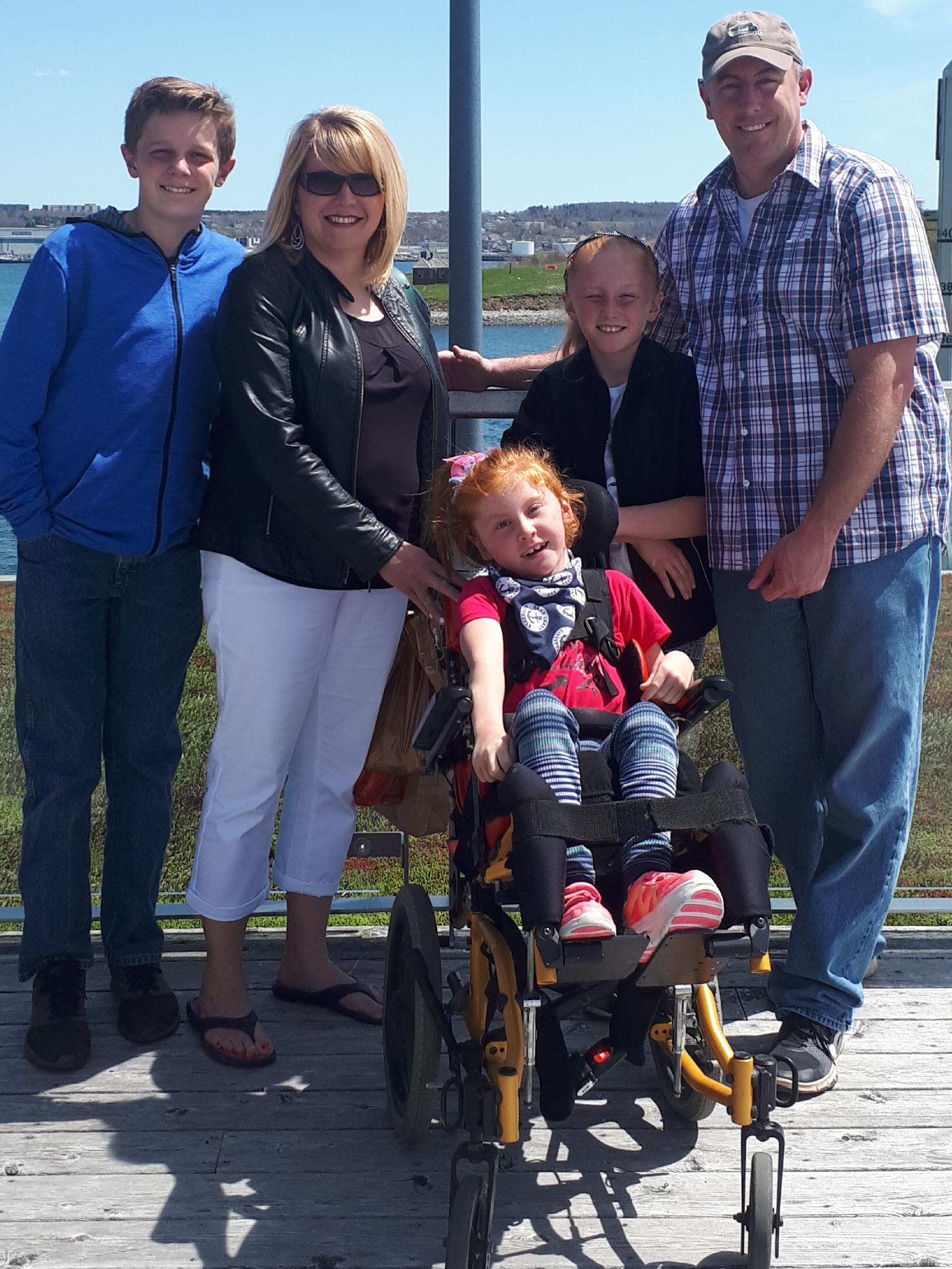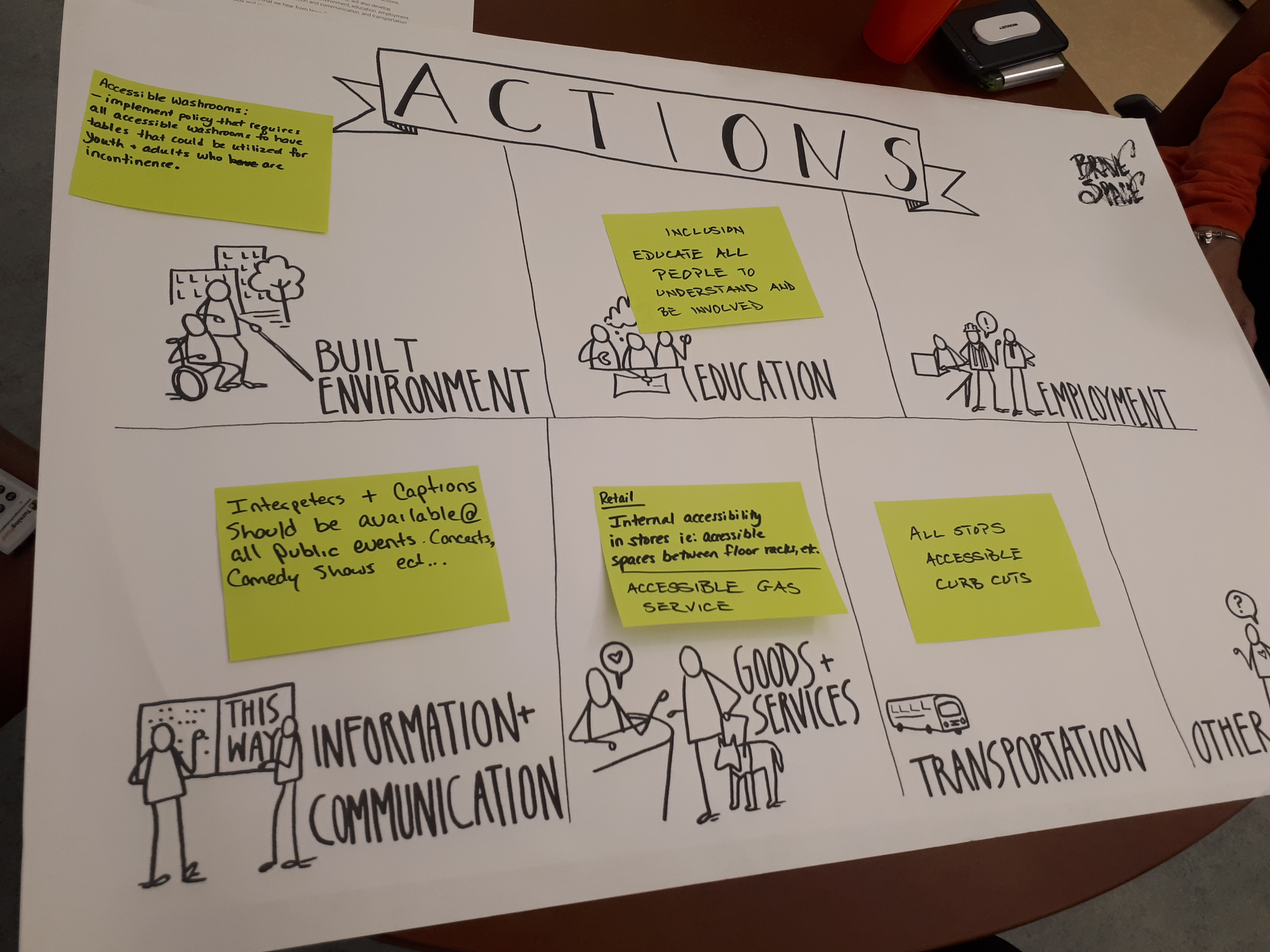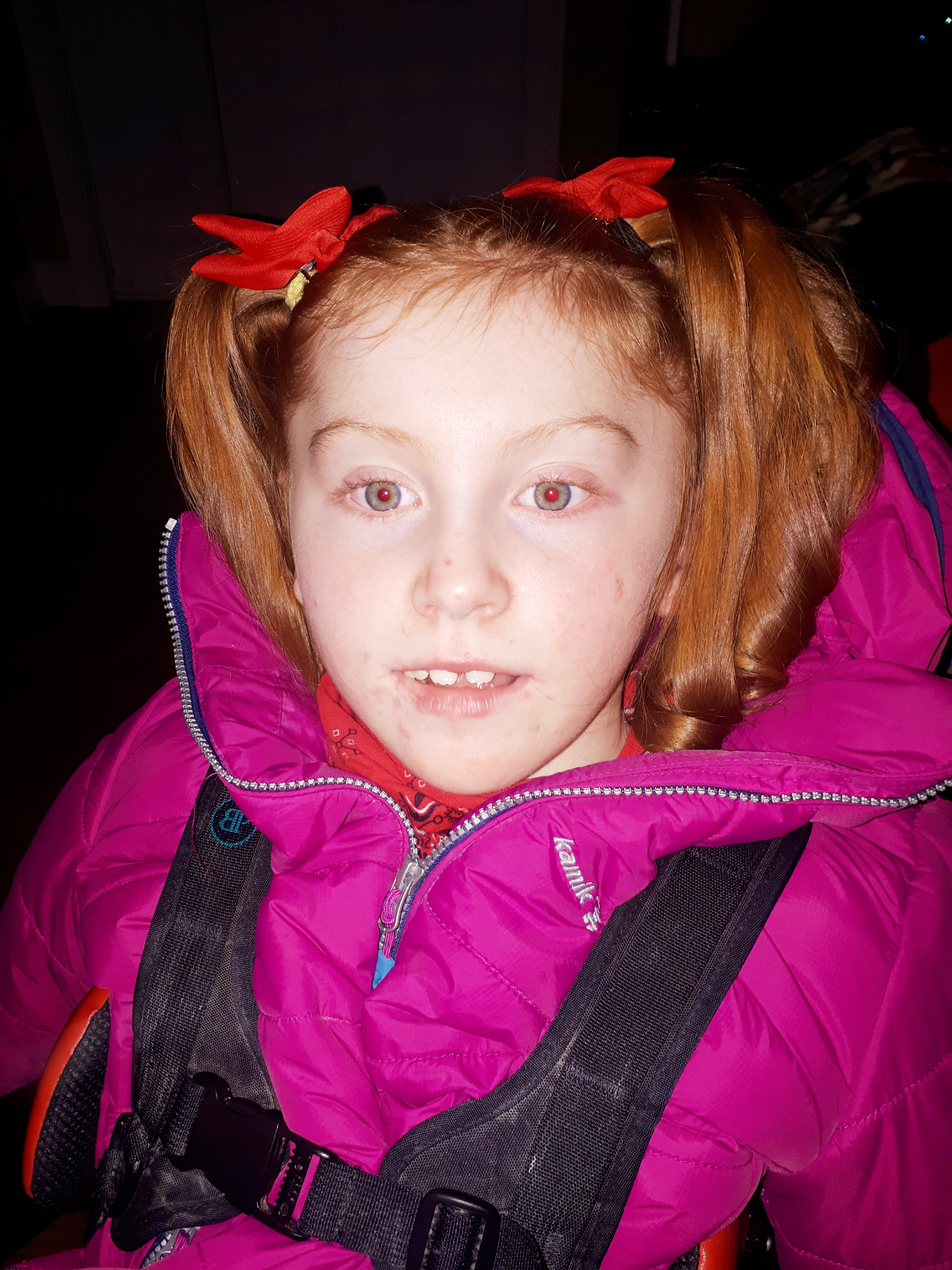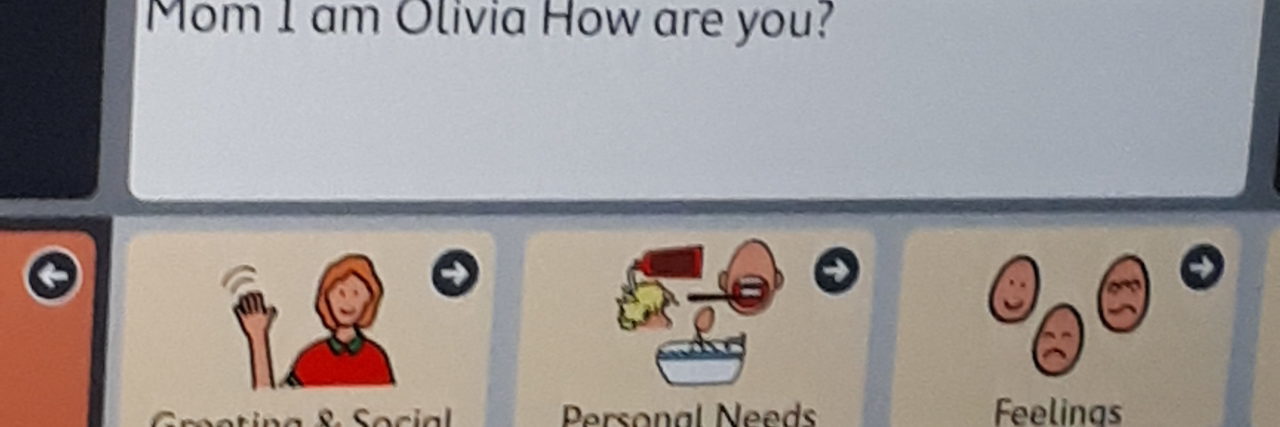For eight years we have worked very hard at translating my daughter Olivia’s nonverbal cues. A smile might mean a “yes” or “I’m happy.” Sometimes we got it right, other times we didn’t, leaving both of us tired and frustrated. Temper fits and meltdowns were a common occurrence for Olivia; could you really blame her? My heart broke when I “guessed” wrong (because let’s be honest, it was just that, a best guess), and I would feel as if I failed her. But then a beautiful thing happened. We learned eye gaze communication.

When Olivia was 2 years old, I began to notice that she would look towards specific objects or people when she understood the name or word spoken. I began to ask her, “Olivia, can you show Mommy where the clock is?” or “Where is Daddy?” She would then shift her eye gaze towards our clock hung on the wall or her father sitting in the chair. I proceeded to ask her about other things and when she showed me correctly, I would clap and celebrate her accomplishment. Finally we were building a bridge of communication, and it was wonderful!
Olivia advanced her communication skills to low tech devices like eye gaze boards, and then eventually onto partner assisted scanning using PODD (Pragmatic Organization Dynamic Display), an example of augmentative communication using a book or device that displays a series of symbols and words. A great example of how to correctly model PODD is shown by Karen Owens of We Speak PODD.

PODD was a great stepping stone for communication technology. Olivia was able to improve her ability to control her eye gaze, a difficult task that can be quite fatiguing, but necessary when utilizing devices like the Tobii Dynavox Eye Mobile Plus. It is here where Olivia has really begun to expand her desire and ability to communicate. She is truly finding her voice for the first time!
Today we use a combination of low tech and high tech communication. I like to think of it as an adapted version of how we all communicate on a day-to-day basis. We each tend to use our bodies to convey messages we want others to receive. For Olivia, her body language is her facial expressions combined with her communication software and device, her voice.
It has been such an amazing transformation to watch her grow both in mind and spirit. She is a much happier child and her relationships with both of her siblings has grown so much stronger. She enjoys razzing them both when the opportunity presents itself (she’s the youngest sibling, it’s kinda her job) and I never stop getting tired of her “Hi Mom. I love you,” messages. I have waited eight years to hear those words, and each time they still bring a tear to my eye.
“I am Olivia.”

It makes me so proud when she chooses to use this profound three-word statement. It is more than just a statement of her name, it is the building blocks of individual advocacy and the opportunity to personalize her abilities. The sky is the limit and we have just embarked upon the cusp of the horizon. Look out world, my baby has found her voice and she ain’t afraid to use it!

